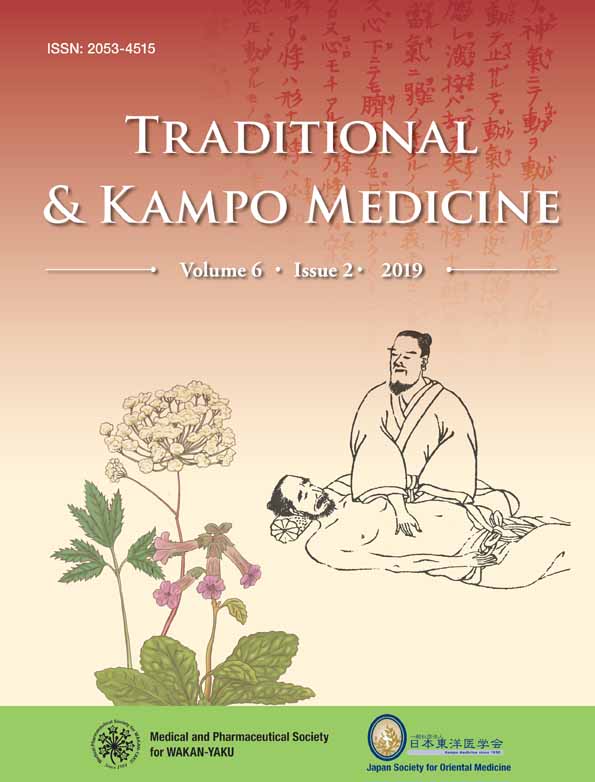Hainosan (painongsan) suppresses the biofilm formation of Porphyromonas gingivalis and Prevotella intermedia in vitro
ABSTRACT
Aim
Porphyromonas gingivalis and Prevotella intermedia are pathogenic bacteria that cause several periodontal diseases such as periodontitis. They frequently form biofilm to protect from threats such as antimicrobial agents. Hainosan (painongsan in Chinese) is a Japanese traditional kampo and traditional Chinese medicine formula used to treat acute and chronic purulent disease. The aim of the present study was to elucidate the mechanism of antibacterial effects such as anti-biofilm activity, of hainosan extract (HNS) against Porphyromonas gingivalis and Prevotella intermedia.
Methods
The antibacterial and anti-biofilm activity of HNS was examined on bacterial turbidity and colony-forming unit analysis, transmission electron microscopy, microplate analysis, and hydrophobicity and auto-aggregation analysis.
Results
HNS significantly suppressed the growth of Porphyromonas gingivalis and Prevotella intermedia. It also significantly inhibited the formation of biofilm from Porphyromonas gingivalis and Prevotella intermedia. The size and shape of HNS-treated Porphyromonas gingivalis and Prevotella intermedia were significantly smaller and irregular. Furthermore, HNS reduced the bacterial auto aggregation and hydrophobicity of the bacterial cell surface. These antibacterial effects of HNS were greater than those of hangeshashinto, another Japanese traditional kampo medicine formula for oral cavity inflammation.
Conclusion
HNS may be useful for the treatment of Porphyromonas gingivalis and Prevotella intermedia-induced periodontitis because of the inhibition of bacterial biofilm formation.
CONFLICT OF INTEREST
M.T. is employed by JPS Pharmaceutical Co. Ltd. The other authors declare no conflicts of interest.




